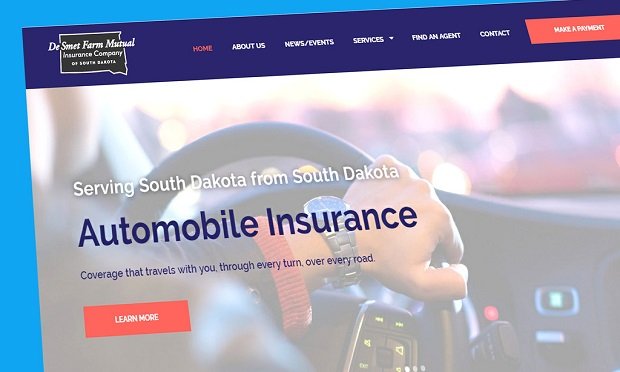 Customers want their insurers' websites to look, feel and function the way they've come to expect from the rest of their targeted personal technology. (Photo: ALM Media archives)
Customers want their insurers' websites to look, feel and function the way they've come to expect from the rest of their targeted personal technology. (Photo: ALM Media archives)
For some time now, the movement of property & casualty insurance from an in-person, manual transaction to an online purchase has allowed carriers to expand their scopes nationwide, serving a wide variety of communities and customers.
Recommended For You
Want to continue reading?
Become a Free PropertyCasualty360 Digital Reader
Your access to unlimited PropertyCasualty360 content isn’t changing.
Once you are an ALM digital member, you’ll receive:
- Breaking insurance news and analysis, on-site and via our newsletters and custom alerts
- Weekly Insurance Speak podcast featuring exclusive interviews with industry leaders
- Educational webcasts, white papers, and ebooks from industry thought leaders
- Critical converage of the employee benefits and financial advisory markets on our other ALM sites, BenefitsPRO and ThinkAdvisor
Already have an account? Sign In Now

